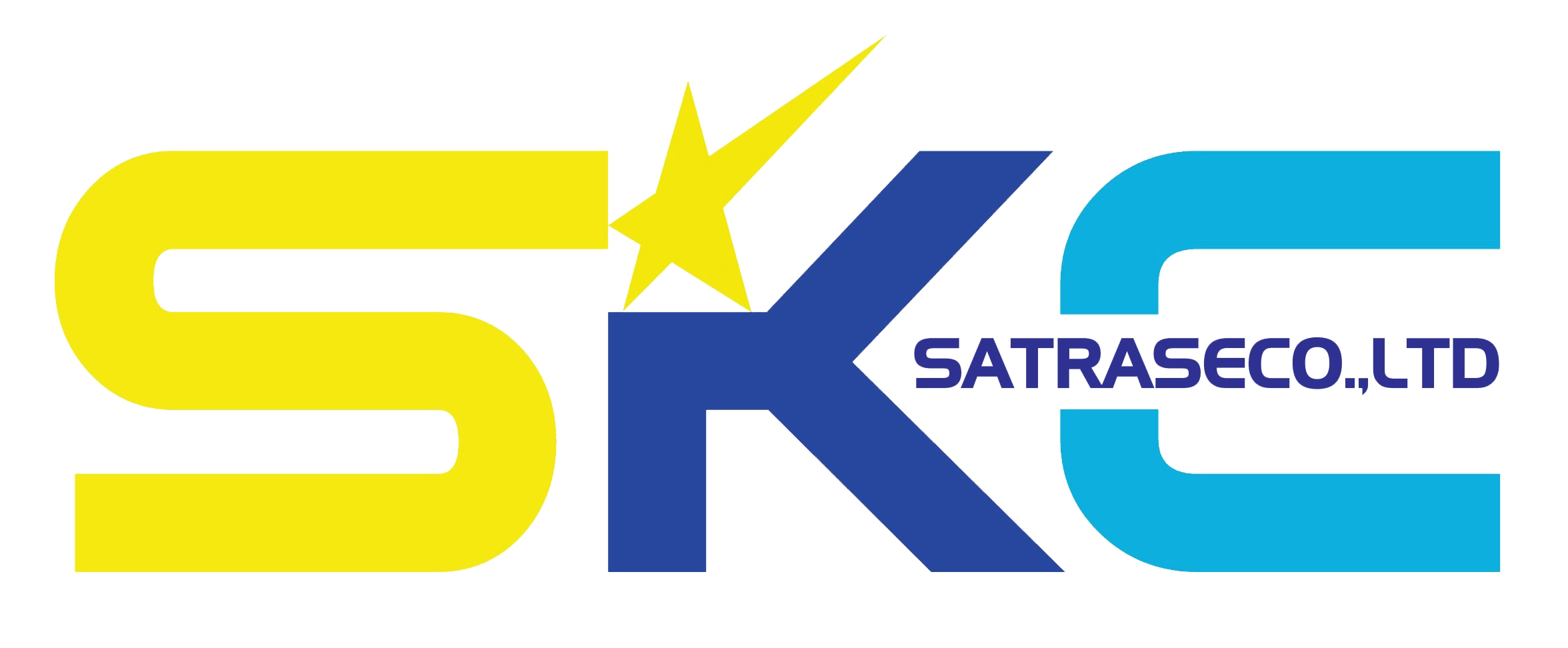When Vietnam became the leading destination for shifting production and purchasing of many corporations, the 'unicorn' Flexport (USA) quickly came to take advantage of the opportunity.
"This is the right time to invest in Vietnam, a super important market," Mr. Sanne Manders, Chairman of Flexport told VnExpress during a visit to Ho Chi Minh City.
Late last month, their subsidiary opened an office in Vietnam with an initial 12 employees. This team works with local partner ITL in a building in Tan Binh district, totaling more than 50 people. They are recruiting to reach 60-70 employees by the end of this year.
Globally, the Flexport team has about 2,000 employees, present in 16 countries in North America, Europe, and Asia, with customers from 89 markets. Founded in 2013 by Ryan Peterson in San Francisco (USA), Flexport is one of the most valuable US logistics startups, most recently valued at $8 billion, known as a unicorn, according to Reuters. Unicorn is a concept that refers to startups that have not yet offered shares and are valued at over 1 billion USD.
This unicorn has raised $2.3 billion from SoftBank, Founders Fund and GV (formerly Google Ventures) and has annual revenue of over $3 billion.

Flexport President Sanne Manders. Photo provided by the company
Since establishing their presence, they have provided services to 1,300 Vietnamese export factories to transport goods to more than 500 importers. Mr. Sanne has therefore considered this an "important strategic market" over the past few years.
"Vietnam is our second largest shipping region (after China) and is poised to continue to grow," he revealed. Looking to the future, there are two main reasons that motivate Flexport to evaluate Vietnam as a "super important" market.
First, when it comes to "China + 1", Vietnam is always at the top of the consideration list of global corporations. "Many of our customers move their supply chains here. The domestic market is also growing strongly. The more shifts, the more service needs arise," Mr. Sanne said.
Second, this economy is forecast to grow 5-6% this year. As a rule, the logistics industry can grow twice as fast as GDP. Therefore, the logistics market can grow by 6-10%. "We want to take advantage of both of these macro trends," he said.
In 2023, total import-export turnover will reach more than 681 billion USD. In the first 5 months of the year, exports were estimated at 156.5 billion USD, up 15% over the same period in 2023. Mr. Sanne predicted that Vietnam will lead in production and logistics in the long term. Because this place receives many investments in technology and consumer electronics industries.
At the same time, e-commerce is booming. Forecasts by consulting firm AccessPartnership (UK) show that Vietnam's retail e-commerce export value alone is expected to reach VND 296,300 billion by 2027.
By combining ITL's multimodal transportation capabilities with Flexport's capabilities, the two believe they can provide full-service services in very short transit times, such as "e-commerce highways." to the North American market.
However, there are still a series of problems that Flexport needs to solve when participating more deeply in the Vietnamese market, such as cost issues and emission reduction.
In May, ocean freight rates on some of Vietnam's core export routes nearly tripled, as the protracted Red Sea crisis is consuming a large proportion of the global fleet and disrupting shipping costs. readiness as well as industry performance.
"We find ourselves in a market that is surprisingly severely supply constrained," Mr Sanne said. It is expected that container prices will remain high in the short term, before they gradually normalize thanks to new capacity additions later this year.
Not counting unexpected incidents, logistics costs in Vietnam are relatively high. However, Flexport Chairman said that this is a common situation in many places, with logistics often accounting for 10-12% of total costs.
According to him, costs can be reduced by reducing the error rate in the transportation process, increasing automation and optimizing transportation methods. "There are customers of ours that still employ multiple people to manage the supply chain. But if we had all the data in hand, we wouldn't need as many people," Mr. Sanne said.
In Vietnam, they consider the barge transportation method that ITL owns to replace trucks if suitable. Barges are said to be cheaper and more environmentally friendly. "Transportation time can be a little longer, but sometimes the same because trucks are more affected by congestion. The roads here are very crowded," he said.
Besides costs, he admits customers are increasingly demanding tools and resources from logistics service providers in reducing their carbon footprint. Therefore, they focused on solving this problem by focusing on three main areas.
First is the ability to measure emissions using technology. They publish the amount of CO2 emitted by the shipment on each invoice sent to customers. At the implementation stage, the company reduces emissions by selecting vehicles - for example, replacing barges with trucks in Vietnam, in addition to route optimization, developing SAF (sustainable aviation fuel) programs solid). When further reductions are not possible, they join climate programs.
In the coming time, Flexport wants to focus on 3 pillars of growth in Vietnam, including developing sea and air products; Integrating domestic logistics services for global brands and launching additional products helps customers manage flexible supply chains in real time.
"We believe that the potential of Vietnam's logistics industry is very promising. There is still great opportunity for transformation, through improving infrastructure and applying digital technology and automation," Mr. Sanne Manders speak.















